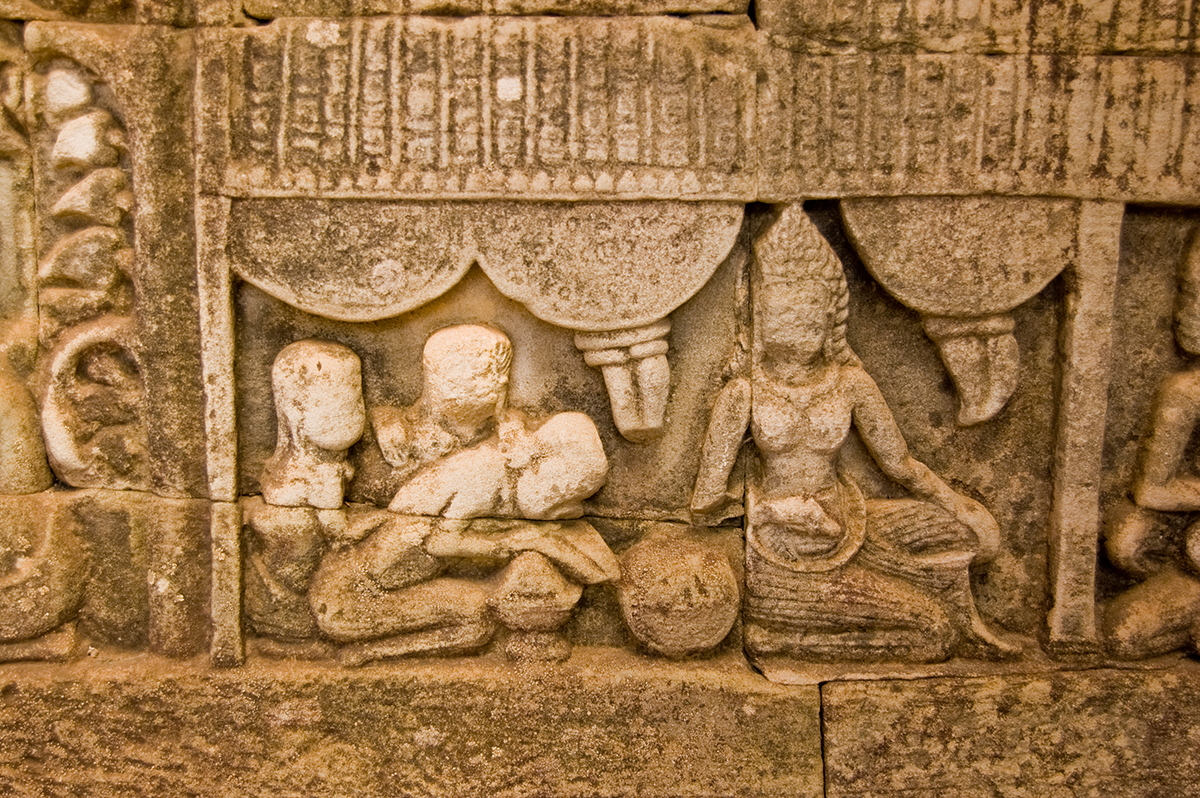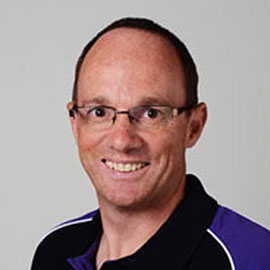The practice of massage therapy originated from ancient techniques dating back to 2700 BCE. Today, massage therapy is one of the most commonly practised forms of holistic medicine, and it encompasses a variety of techniques and practices to cater for all types of mental and physical ailments. It’s also considered its own form of healing practice, and includes a number of health benefits.
While massage has evolved over the thousands of years it’s been practised, it still centres on the use of therapeutic touch to bring healing and relaxation.
How massage therapy has evolved
1. Acupuncture in ancient China
The earliest date of origin for massage therapy goes back to 2700 BCE in ancient China. During this time a book was written – “The Yellow Emperor’s Classic Book of Internal Medicine.” This book talked about acupuncture, detailing the practices and techniques used in Oriental medicine and how applying needles to the body’s meridian points help to promote better health and wellness. Acupressure was developed from this, which involved applying pressure using the hands where the needles would go – the first form of massage.
2. Reflexology in ancient Egypt
Around 200 years later in 2500 BCE, ancient Egyptians developed a massage technique that would shape massage therapy today. Early Egyptian art depicts pictures of people massaging the foot, which is now widely known as reflexology. In this technique, the therapist applies pressure to the reflex zones of the feet and hands with the overall aim of stimulating nerve function, increasing energy, boosting circulation, eliminating toxins in the body, and achieving an overall relaxed state of the body and mind.
3. Massage in Japan
Around the year 1000 BCE, Japanese Buddhist monks began to customise Chinese massage techniques. This is how the traditional Japanese massage technique of Anma (or Amma) was created. This energy-balancing, deep tissue massage is based on the principles of traditional Chinese medicine and works by restoring the body by loosening tight muscles, joints, and connective tissues. This then gave rise to the massage technique known as Shiatsu; a treatment aiming to raise the energy levels in a patient by applying pressure through the thumbs, fingers, and palms.
4. Deep tissue massage in Greece
From 800-700 BCE, the strong and notoriously athletic Greek introduced specific techniques to reduce knots in the body and relax sore, tightened muscles through therapeutic rubbing. This technique is much like what we would define today as sports massage therapy, as athletes in ancient Greece employed the art of massage to keep their bodies in peak performance. Physicians at the time would use herbs and oils in addition to massaging, which signalled the birth of aromatherapy massage.
In the fifth century BCE, Hippocrates prescribed the art of adding friction to treat physical injuries. He also promoted the use of massage in conjunction with a healthy diet, exercise, rest, fresh air, and music to achieve optimum health. This was a pivotal moment in massage therapy history, giving rise to many of the modern-day therapies used throughout the world today.
5. Modern massage therapy
Modern Western medicine and massage therapy were largely cultivated during the 19th century when Per Henrik Ling created what we now know as ‘classic’ or Swedish massage, which is the most well-known form of massage in the world. While techniques may have evolved and come to include a variety of healing treatments under the umbrella of ‘massage therapy’, the basic principles of massage haven’t changed much at all. Since massage treats common symptoms of pain and stress with the hands, it’s an art that still mimics its origins from thousands of years ago.
Massage therapy in the future
As long as the benefits of massage therapy remain, these traditional practices will continue to follow society into the future. And while these practices may be improved upon or altered, as seen in the past, massage therapy is likely to see a closing of the gap between conventional and alternative medicine, with massage being considered as part of an overall healthcare plan.
Given the advancements of technology, there may come a time where we see science and technology integrated into conventional massage to lift and improve the benefits it has on a patient. In recent years we have seen the emergence of massaging chairs being used in addition to massage treatment, while immersion techniques as seen in sense deprivation tanks may be incorporated into traditional massage practices to incorporate a multi-level sensory experience.
So long as society seeks relief from pain or finds comfort in relaxation, massage therapy will continue to be on the leading edge of holistic medicine and treatment.
Become part of the future of massage
At Discover Massage Australia, we teach many forms of massage techniques including ancient and modern treatments. From deep tissue to classic massage therapy, our industry-recognised courses can lead you into the future of massage therapy. Learn everything you need to know about massage today by enrolling in one of our massage courses. Or, check out our new online massage course today.

